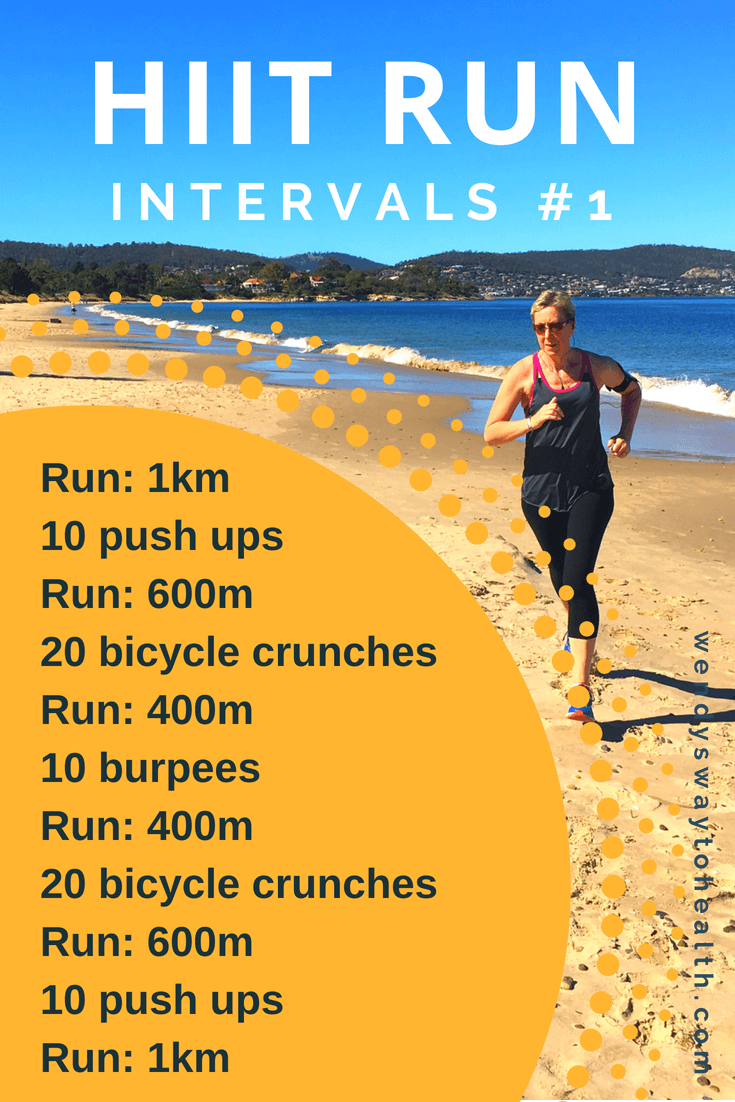Master Your Running Workout: Reliable Strategies for Success
Wiki Article
Taking Care Of Typical Running Pains: Causes, Solutions, and Prevention
As runners, we usually experience numerous discomforts that can impede our performance and pleasure of this physical task. By exploring the root factors for these operating pains, we can uncover targeted options and preventative actions to make certain a smoother and a lot more meeting running experience.Usual Running Pain: Shin Splints
Shin splints, a common running discomfort, often arise from overuse or incorrect shoes throughout exercise. This problem, clinically called medial tibial tension syndrome, shows up as pain along the inner edge of the shinbone (shin) and prevails among athletes and runners. The recurring stress and anxiety on the shinbone and the tissues connecting the muscle mass to the bone brings about swelling and pain. Runners that quickly raise the strength or duration of their exercises, or those who have level feet or incorrect running strategies, are especially susceptible to shin splints.To avoid shin splints, people need to slowly enhance the strength of their workouts, use appropriate shoes with proper arch assistance, and preserve versatility and toughness in the muscle mass bordering the shin. If shin splints do occur, first treatment entails remainder, ice, compression, and altitude (RICE) Additionally, including low-impact tasks like swimming or cycling can help keep cardio health and fitness while enabling the shins to recover. Persistent or serious situations might call for clinical assessment and physical treatment for reliable management.
Usual Running Pain: IT Band Syndrome
Along with shin splints, an additional common running pain that athletes commonly experience is IT Band Syndrome, a condition created by inflammation of the iliotibial band that runs along the external upper leg and knee. IT Band Syndrome generally manifests as pain outside of the knee, specifically during activities like running or biking. The iliotibial band is a thick band of fascia that attaches the hip to the shin, and when it comes to be inflamed or tight, it can massage against the thigh bone, causing discomfort and pain.Joggers experiencing IT Band Syndrome might discover a painful or hurting feeling on the outer knee, which can intensify with continued activity. Elements such as overuse, muscle mass inequalities, improper running type, or inadequate workout can add to the growth of this problem.
Usual Running Pain: Plantar Fasciitis

Plantar Fasciitis can be associated to different aspects such as overtraining, incorrect shoes, working on difficult surface areas, or having high arches or flat feet. To stop and reduce Plantar Fasciitis, joggers can incorporate extending exercises for the calves and plantar fascia, put on helpful shoes, maintain a healthy and balanced weight to lower strain on the feet, and gradually enhance running strength to prevent abrupt tension on the plantar fascia. If signs and symptoms persist, it is suggested to consult a medical care professional for appropriate medical diagnosis and therapy choices to address the condition properly.
Usual Running Discomfort: Jogger's Knee
After resolving the challenges of Plantar Fasciitis, an additional prevalent concern that runners commonly deal with is Runner's Knee, a typical running pain that can impede sports efficiency and trigger pain throughout physical activity. Jogger's Knee, additionally called patellofemoral pain syndrome, shows up as pain around or behind the kneecap. This problem is typically connected to overuse, muscle mass discrepancies, inappropriate running strategies, check my blog or issues with the positioning of the kneecap. Joggers experiencing this discomfort might feel a plain, aching pain while running, rising or down staircases, or after extended periods of sitting. To avoid Jogger's Knee, it is crucial to incorporate appropriate warm-up and cool-down routines, preserve strong and well balanced leg muscle mass, put on appropriate footwear, and progressively increase running intensity. If signs persist, inquiring from a health care professional or a sports medication specialist is advised to identify the underlying cause and develop a tailored therapy plan to ease the discomfort and stop further complications.Usual Running Pain: Achilles Tendonitis
Frequently affecting joggers, Achilles Tendonitis is an unpleasant problem that affects the Achilles ligament, causing pain and possible constraints in physical activity. The Achilles tendon is a thick band of cells that connects the calf muscle mass to the heel bone, vital for activities like running, leaping, and walking - original site. Achilles Tendonitis often develops as a result of overuse, inappropriate footwear, insufficient extending, or sudden increases in exerciseSigns And Symptoms of Achilles Tendonitis consist of discomfort and tightness along the tendon, especially in the early morning or after periods of inactivity, swelling that aggravates with task, and possibly bone spurs in persistent instances. To protect against Achilles Tendonitis, it is vital to stretch effectively previously and after running, use appropriate shoes with proper assistance, gradually raise the intensity of exercise, and cross-train to decrease repeated anxiety on the ligament.
Verdict

Report this wiki page